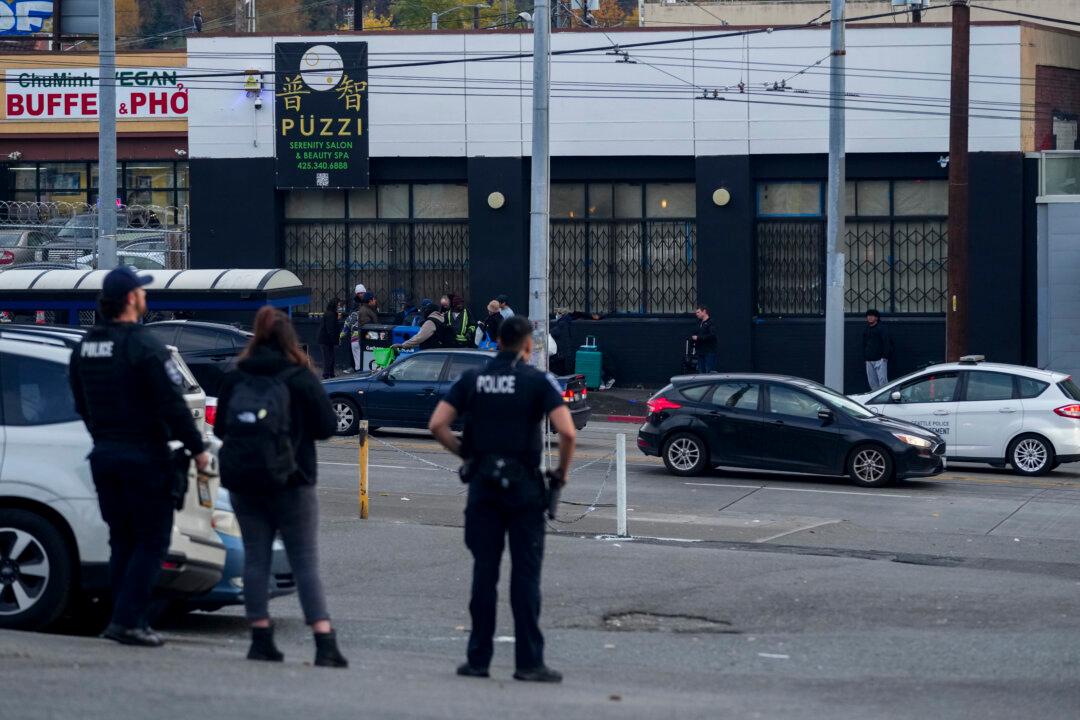A prosecutor in New Mexico announced on Jan. 19 that actor Alec Baldwin will be charged in connection with the shooting of a cinematographer who died on the set of “Rust,” a Western that was being filmed in the state.
The movie’s assistant director, David Halls, has agreed to sign a plea agreement for the charge of negligent use of a deadly weapon, according to the district attorney.
Under New Mexico law, involuntary manslaughter, a fourth-degree felony, is punishable by up to 18 months in jail and a $5,000 fine.“After a thorough review of the evidence and the laws of the state of New Mexico, I have determined that there is sufficient evidence to file criminal charges against Alec Baldwin and other members of the ‘Rust’ film crew,” Carmack-Altwies said, noting that charges will be filed “before the end of the month.”
The charges were announced after more than a year of investigation into the on-set shooting of Halyna Hutchins, 42, a cinematographer who was fatally shot on Oct. 21, 2021, when Baldwin, 63, pointed a .45 Long Colt revolver in the direction of her and director Joel Souza while rehearsing a gunfight scene.
The revolver discharged a live round, killing Hutchins and wounding Souza, 48. No charges will be filed in relation to the non-fatal shooting, Carmack-Altwies said.
Gutierrez-Reed, the armorer who oversaw firearms on the set, has been the subject of much of the scrutiny in the case, along with an independent ammunition supplier. An attorney for Gutierrez-Reed has said that the armorer didn’t put a live round in the gun that killed Hutchins and believes that she was the victim of sabotage. Authorities said they’ve found no evidence of that.
Baldwin previously said that he didn’t pull the trigger, describing the incident as a “tragic accident” while noting that live rounds should never have been allowed on the set.
However, FBI agents conducted a discharge test of the firearm used in the shooting, and according to their forensic report, which was obtained by the network, the gun which delivered the fatal bullet to Hutchins on the New Mexico set couldn’t have been fired without the trigger being physically pulled.
With the hammer in the quarter- and half-cock positions, the gun “could not be made to fire without a pull of the trigger,” the report states. With the hammer fully cocked, the gun “could not be made to fire without a pull of the trigger while the working internal components were intact and functional.”
Furthermore, with the hammer de-cocked on a loaded chamber, the gun was able to detonate a primer “without a pull of the trigger when the hammer was struck directly,” which is normal for this type of revolver, according to the report.
Santa Fe County Sheriff Adan Mendoza, who led the initial investigation into Hutchins’ death, described “a degree of neglect” on the film set.

Taking control of the investigation, Carmack-Altwies was granted an emergency $300,000 request for the state to pay for a special prosecutor, special investigator, and other experts and personnel.
New Mexico’s Occupational Health and Safety Bureau has levied the maximum fine against “Rust Movie Productions,” based on a scathing narrative of safety failures, including testimony that production managers took limited or no action to address two misfires of blank ammunition on set prior to the fatal shooting.
The state’s workplace safety regulators said immediate gun safety concerns were addressed when “Rust” ceased filming and that a return to filming in New Mexico would be accompanied by new safety inspections.





